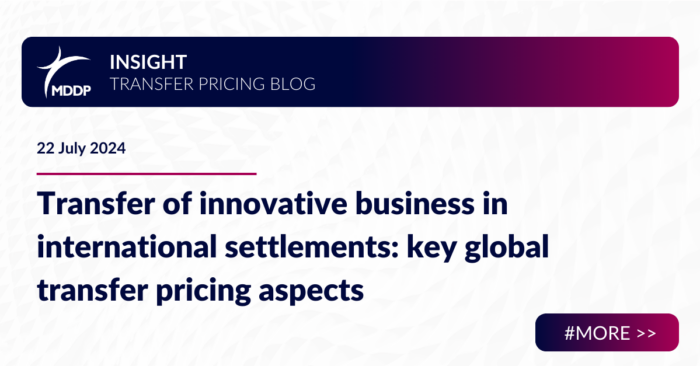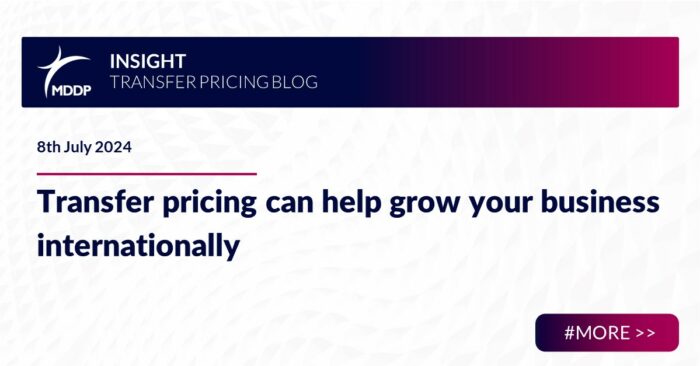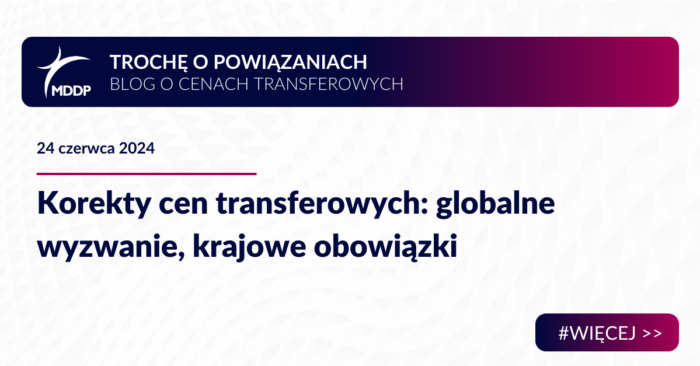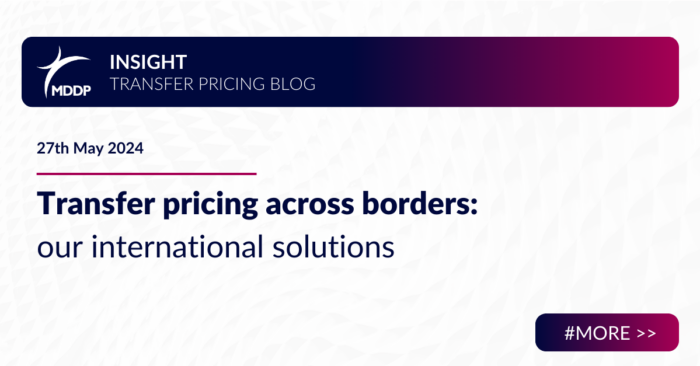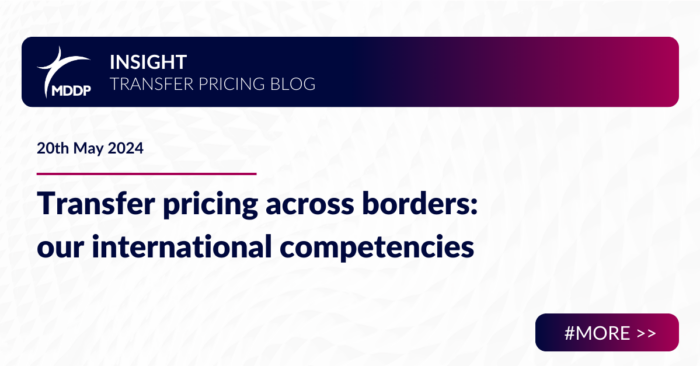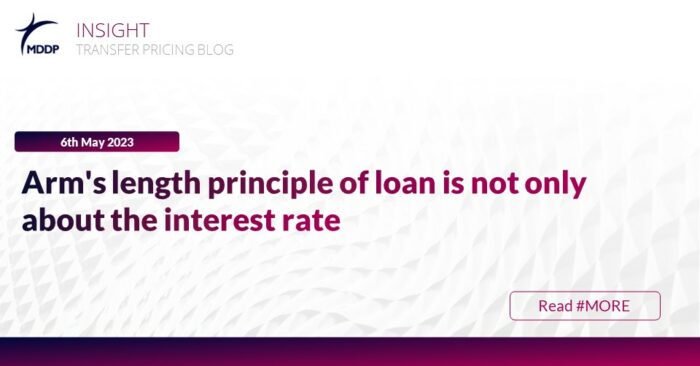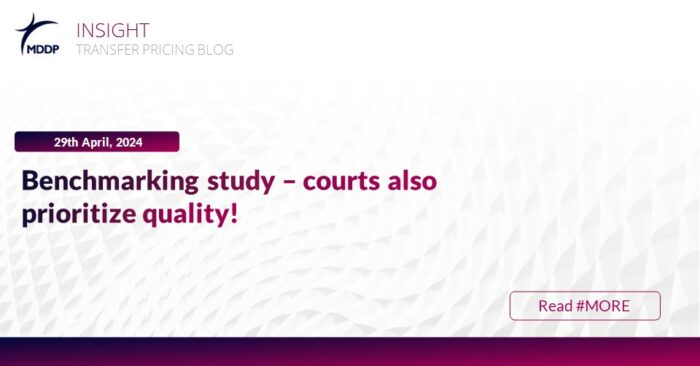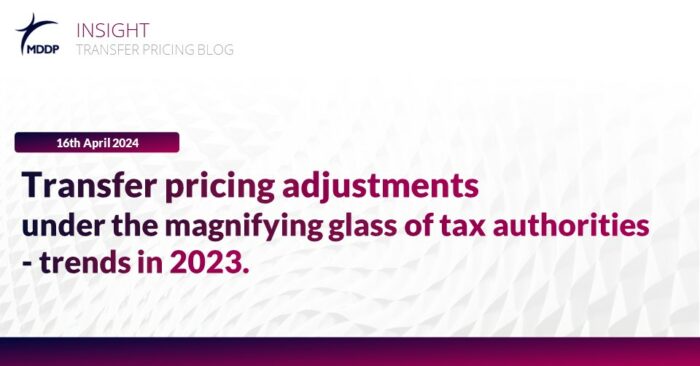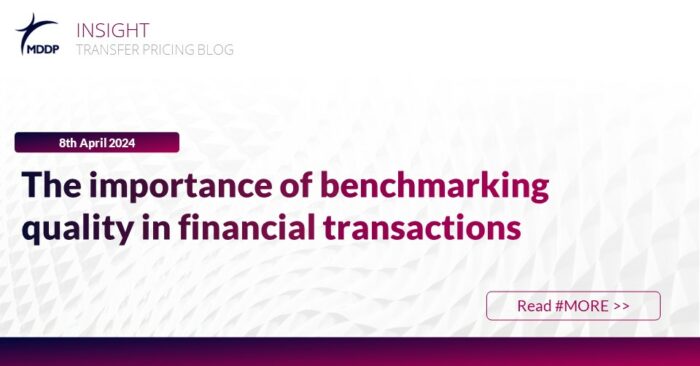Transfer of innovative business in international settlements: key global transfer pricing aspects
Increasing globalization is connected with not only threats but also with numerous opportunities. Multinational companies create innovations and know-how, which can be shared with other group entities or transferred to affiliates in other countries. During the transfer of intangible assets, it is crucial to analyze the pros and cons of the planned relocation. Remember that…

